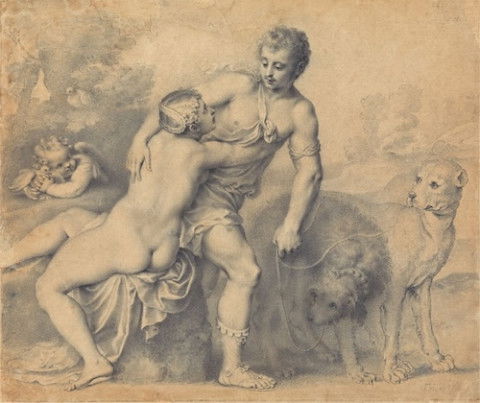
www.newsbusters.org
JD Vance SCHOOLS CNN’s Kaitlan Collins on Immigration and Cat Memes
U.S. Senator and GOP vice presidential nominee JD Vance went into the post-debate spin room and exposed the media’s omissive biases when covering the effects of the border disaster in small towns like Springfield, Ohio. It took cat memes to get the media to look at the story.
Watch as Vance calls out the media’s general disinterest in what happened in a small town until it was time to firefight a story on behalf of the Regime (click “expand” to view full transcript):
.@JDVance SCHOOLS CNN's Kaitlan Collins on the media's disinterest in covering the effects of unmitigated migration in places like Springfield, OH. It took cat memes. pic.twitter.com/HxCcl6YUpz
— Jorge Bonilla (@BonillaJL) September 11, 2024
KAITLAN COLLINS: The other thing that he brought up, which I was kind of surprised by, I guess I would say, is he brought up this misleading, false claim that you yourself have talked about in recent days about Haitian immigrants in Springfield Ohio, abducting people's pets and eating them, which officials there have said is not true. You yourself acknowledged it may be false on Twitter. You still told people to- to keep spreading it but Trump just amplified it to tens of millions of people who were watching. Why push something that's not true?
JD VANCE: Well, first of all, city officials have not said it's not true, they've said they don't have all the evidence.
COLLINS: They said they have no evidence.
VANCE: We've heard from a number of constituents on the ground. Kaitlan, who both firsthand and secondhand reports, saying this stuff is happening. So they very clearly, meaning the people on the ground dealing with this, think that it is happening. And I think that it's important for journalists to actually get on the ground and uncover this stuff for themselves. When you have a lot of people saying, “my pets are being abducted” or “geese at the city pond are being abducted and slaughtered right in front of us”, this is crazy stuff. And again, whether those exact rumors turn out to be mostly true, somewhat true, whatever the case may be- Kaitlan. This town has been ravaged by 20,000 migrants coming in, health care costs are up, housing costs are up. Communicable diseases like HIV and TB have skyrocketed in this small Ohio town. This is what Kamala Harris's border policies have done. And I think it's interesting Kaitlan, that the media didn't care about the carnage wrought by these policies until we turned it into a meme about cats and that speaks to the media's failure to care about what's going on in these communities. If we have to meme about it to get the media to care, we're going to keep on doing it because the media could, should care about what's going on.
COLLINS: I saw you say that. I think the media does care about it. I just read a very lengthy report in The New York Times on it. PBS NewsHour did a- did a whole story…
VANCE: Caused by us talking about it and bringing it up. Nobody cared about this until we raised this issue.
COLLINS: But, Senator, you talked about… Senator, you talked about that your office has gotten a lot of reports. I mean, if someone calls your office and says they saw Bigfoot, that doesn't mean they saw Bigfoot. I mean, you have a sense of responsibility as a running mate, and he certainly does as- as the candidate to not promote false information. Right?
VANCE: Kaitlan, it's a totally fair point, but nobody's calling my office and saying that they saw Bigfoot. What they're calling and saying is we're seeing migrants kidnap our dogs and cats and city officials aren't doing anything about it. Now again, I have a responsibility as a United States Senator. I think the media has a responsibility as an institution that cares about truth, to actually take people seriously when they say their lives have been ruined by this migrant crisis and again, if every single thing that the media says about this story is false, the verifiable facts are that this community has had their lives destroyed by 20,000 migrants coming in and uprooting life.
Immigration had its moment in this debate, and the conversation did turn to Springfield, Ohio. And the fact is that the plight of this small town did not burst on to the national consciousness until the cat (and waterfowl) memes began circulating on X and other social media.
In this case, the media followed a familiar pattern: ignore a story that is inconvenient or embarrassing to the Regime until it can be turned against conservatives. The insertion of roughly 20,000 unassimilated migrants into a town of about 50,000 is a recipe for upheaval. Unfortunately, the Biden-Harris administration did the inserting, so this story is not convenient to cover in its face.
And it wasn’t until videos of contentious town halls began circulating, and people began amplifying these stories on social media, that the media began firefighting the story and questioning whether any of this is really happening.
And this is the point that Vance drives home to Collins. Nobody cared about Springfield until the cat memes started circulating. And even now, the Regime Media remains uninterested in this story except to firefight it. Rather than do journalism and investigate fully. Vance is proven right.















